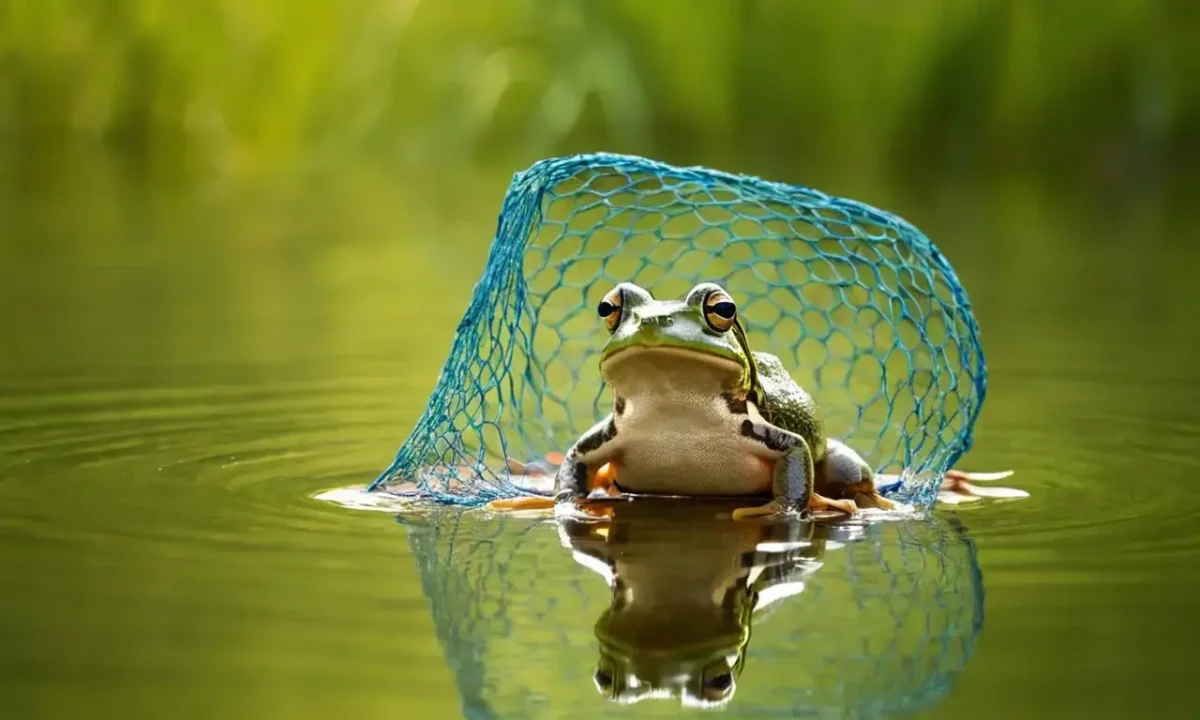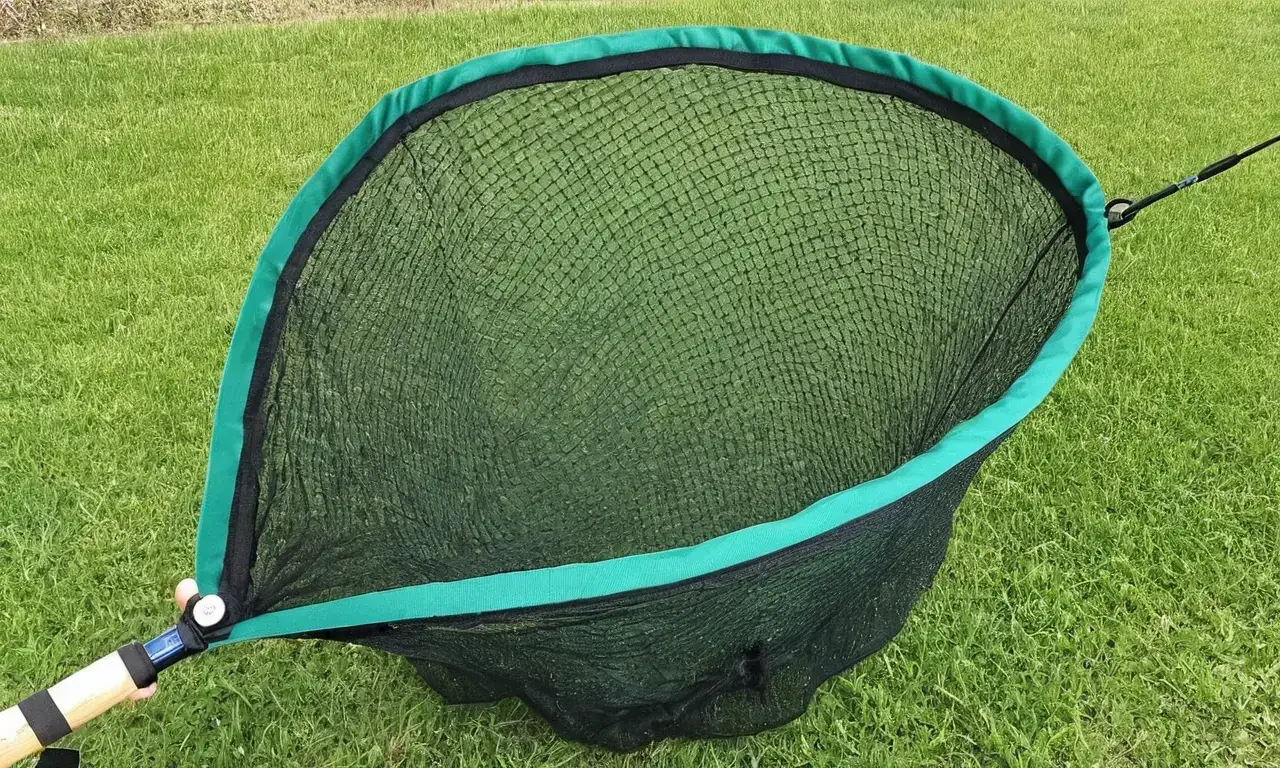
Pond Dip Net: A Simple yet Effective Tool for Aquatic Exploration

Pond dip net is a versatile tool that has been used by anglers and nature enthusiasts alike for centuries. Its simplicity belies its effectiveness in facilitating aquatic exploration, making it an essential component of many fishing activities for preschoolers. Whether you're introducing young children to the wonders of water or engaging in your own hobby, understanding how to use a pond dip net can greatly enhance your experience.
This article aims to provide a comprehensive overview of the pond dip net, covering its definition, benefits, types, and practical applications. We'll delve into the world of aquatic exploration, discussing how this tool can be used effectively and safely in various settings. By the end of this article, you'll have a thorough understanding of what makes a pond dip net an indispensable companion for any fishing activity.
What is a Pond Dip Net?
A pond dip net is a specialized type of net designed specifically for scooping up fish and other aquatic organisms from ponds, lakes, or streams. Unlike regular nets used in commercial fishing, the pond dip net is typically smaller in size and has a softer mesh that allows for the safe handling of delicate creatures. Its primary purpose is to allow users to observe and interact with their catch without causing harm.
The design of a pond dip net usually includes a long handle attached to a circular or square-shaped netting material. The mesh size can vary, but it's typically large enough to let small fish swim away unharmed while still allowing the user to capture larger specimens. This unique combination makes the pond dip net an ideal tool for educational purposes and recreational fishing.
Benefits of Using a Pond Dip Net
Using a pond dip net offers numerous benefits, especially when engaging in fish activity preschool or other educational settings. One of the most significant advantages is its ability to promote hands-on learning about aquatic ecosystems. By allowing children to observe fish up close without harming them, educators can teach valuable lessons about species diversity, habitats, and the importance of conservation.
Moreover, a pond dip net encourages an appreciation for nature and fosters curiosity among young learners. The process of scooping up fish and observing their behavior in a controlled environment not only educates but also sparks interest in further exploration of aquatic life. This interactive approach to learning can lead to a deeper understanding and respect for the natural world.
Types of Pond Dip Nets
There are several types of pond dip nets available, catering to different needs and preferences. Some common variations include:
- Hand-held nets: These are the most basic type, designed for individual use. They're perfect for small ponds or lakes where you can easily maneuver around.
- Long-handled nets: Ideal for larger bodies of water or when working with groups, these nets offer more reach and stability.
- Collapsible nets: Convenient for travel or storage, these nets can be folded up when not in use, making them a great choice for educational trips.
Each type has its unique features and advantages. Understanding the differences between them will help you choose the right tool for your specific needs.
Choosing the Right Size and Material

When selecting a pond dip net, it's crucial to consider both size and material. The mesh size should be large enough to allow fish to escape unharmed but small enough to capture specimens of interest. A larger mesh might be suitable for educational purposes, while smaller meshes are better suited for catching specific species.
The material used in the construction of a pond dip net is also important. Nets made from durable materials like nylon or polyester can withstand repeated use and exposure to water. However, softer materials may be more comfortable for children to handle during fish activities preschool. The choice ultimately depends on your intended use and the age group you're working with.
How to Use a Pond Dip Net Effectively
Using a pond dip net effectively requires some practice but is relatively straightforward. First, ensure that the water is calm enough for safe scooping. Approach the area slowly and carefully to avoid startling fish or other aquatic life. Once you've located your target species, gently scoop them up with the net, taking care not to touch or harm them.
When handling a pond dip net, it's essential to keep your movements smooth and controlled. Avoid sudden jerks that could cause the fish to be injured. After scooping up a specimen, carefully release it back into its natural habitat if you're not planning to observe it further. This approach not only respects the environment but also teaches children about responsible fishing practices.
Safety Precautions When Handling a Pond Dip Net
Safety should always be the top priority when using a pond dip net, especially around water. Ensure that the area is free from any hazards such as sharp rocks or slippery surfaces. Wear protective clothing like gloves and shoes to prevent accidents, and consider having an adult nearby for supervision.
When handling fish with children during fish activity preschool, it's also crucial to teach them about proper hygiene practices. Wash your hands thoroughly after handling fish to avoid the risk of waterborne diseases. This not only keeps you healthy but also sets a good example for young learners.
Common Uses for a Pond Dip Net
A pond dip net is versatile and can be used in various settings, including educational programs, recreational fishing, and even scientific research. In educational contexts, it's often used to introduce children to the concept of aquatic life through hands-on activities like fish activity. This approach not only teaches about species but also fosters an appreciation for nature.
In recreational fishing, a pond dip net can be used to catch small fish or observe their behavior without causing harm. It's also useful in scientific research where observing and collecting data on specific species is necessary. The tool allows researchers to collect specimens safely and efficiently, contributing to our understanding of aquatic ecosystems.
Tips for Cleaning and Maintaining Your Pond Dip Net
Proper maintenance is essential to extend the lifespan of your pond dip net. After each use, rinse the net with clean water to remove any debris or fish residue. Avoid using harsh chemicals that could damage the material. For more thorough cleaning, soak the net in a mild detergent solution and then rinse it thoroughly.
Regularly inspecting your pond dip net for signs of wear can also prevent accidents. Check for loose threads or damaged mesh areas that might compromise its effectiveness. By following these simple tips, you'll be able to enjoy using your pond dip net for years to come.
Conclusion
A pond dip net is a valuable tool in the world of aquatic exploration and education. Its simplicity and versatility make it an ideal choice for both recreational fishing and educational activities like fish activity preschool. By understanding its benefits, types, and proper use, you can enhance your experience while promoting a deeper appreciation for nature among young learners.
Whether you're introducing children to the wonders of water or engaging in personal hobby projects, a pond dip net is an essential companion that offers endless opportunities for exploration and learning. Its impact extends beyond mere fishing activities; it fosters curiosity, respect, and understanding of our aquatic ecosystems.
In conclusion, investing time and effort into mastering the use of a pond dip net will not only enrich your own experiences but also contribute to the next generation's appreciation for the natural world.
Leave a Reply



Related Links